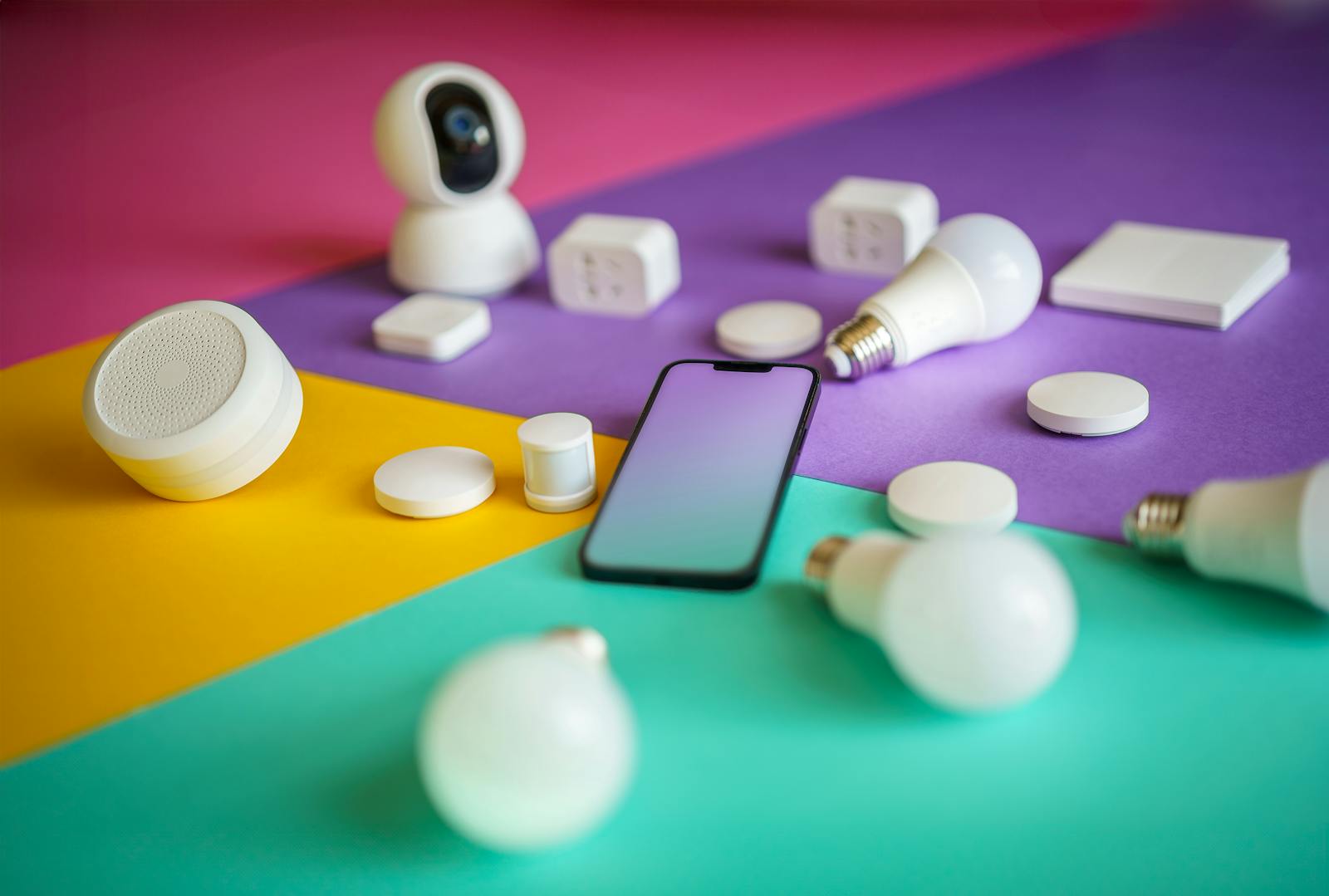The concept of a connected home, while seemingly modern, has roots in early 20th-century futurism. The dream of automated, intelligent living spaces captured the imagination of scientists and inventors long before the technology existed to make it possible. This vision has now materialized in today’s Internet of Things (IoT) revolution, bringing both unprecedented convenience and significant security challenges.
Historical Context
The evolution of home automation traces back to the 1966 ECHO IV system, the first home computer system. Early pioneers of networking technology foresaw a future where interconnected devices would extend beyond computers to everyday objects. This prescient vision has manifested in today’s IoT landscape, where security concerns echo those of early networked systems.
Legal Framework
The security of IoT devices falls under several regulatory frameworks. The IoT Cybersecurity Improvement Act of 2020 established baseline security standards for connected devices. Additionally, the European Union’s General Data Protection Regulation (GDPR) and California’s IoT Security Law (SB-327) have set precedents for device security requirements.
Fundamental Security Principles
The protection of IoT devices rests on three core principles established in the 1970s:
- Complete Mediation: Every access to resources must be checked
- Least Privilege: Operating with minimal necessary permissions
- Economy of Mechanism: Simpler systems are more secure
Modern Implementation
Applying these historical principles to contemporary smart homes requires:
Network Segmentation
Best practices dictate that IoT devices should operate on a separate network from critical systems. This reflects the principle of isolation first proposed in the 1970s Multics operating system.
Authentication Protocols
Current security standards emphasize strong authentication measures for all connected devices. The National Institute of Standards and Technology (NIST) has developed comprehensive guidelines for IoT security implementation.
Firmware Management
Regular updates remain crucial to maintaining device security. The history of computing has consistently demonstrated that no system remains secure without continuous maintenance and updates.
Practical Applications
Modern homeowners should:
- Implement dedicated IoT networks
- Regularly update device firmware
- Use strong, unique passwords
- Enable two-factor authentication where available
- Monitor device behavior for anomalies
The Future Perspective
The security challenges of IoT devices represent a fundamental shift in how we must approach home security. As smart home technology continues to evolve, the importance of robust security measures grows proportionally.
Summary
The security of IoT devices represents a convergence of historical computing principles with modern technological capabilities. From the early visions of connected homes to today’s reality, the fundamental principles of security remain consistent while implementation methods evolve. As we continue to integrate smart devices into our homes, understanding and applying these principles becomes increasingly crucial for maintaining privacy and security in the connected age.
This historical-philosophical approach to IoT security demonstrates that while the technology may be new, the underlying security principles have remained consistent through decades of computing evolution. By understanding this context, homeowners can better appreciate and implement appropriate security measures for their smart home devices.
The protection of IoT devices is not merely a technical challenge but a continuation of the long-standing quest to secure our private spaces in an increasingly connected world. As we move forward, the lessons learned from the history of computing security will continue to guide the development of safer, more secure smart home technologies.

